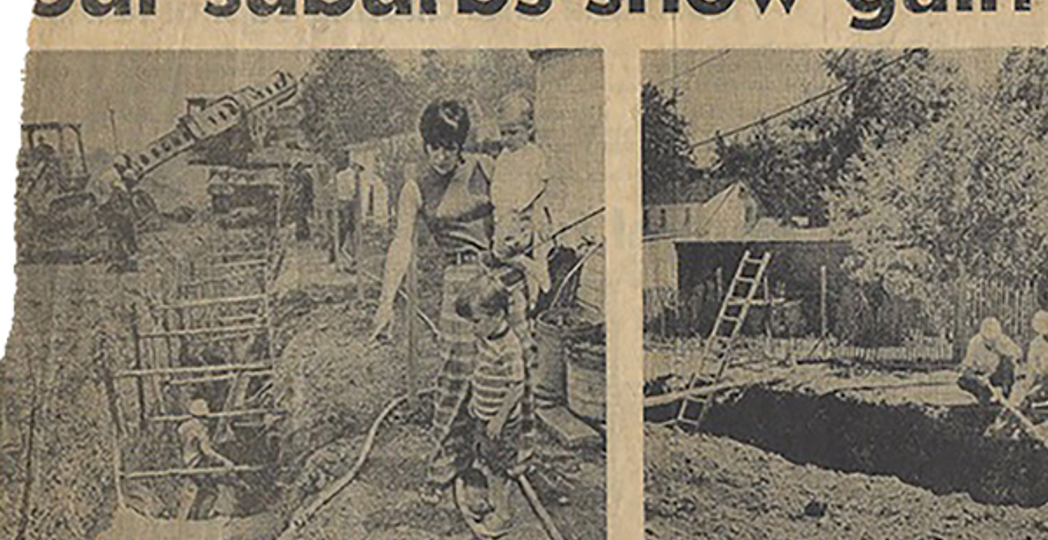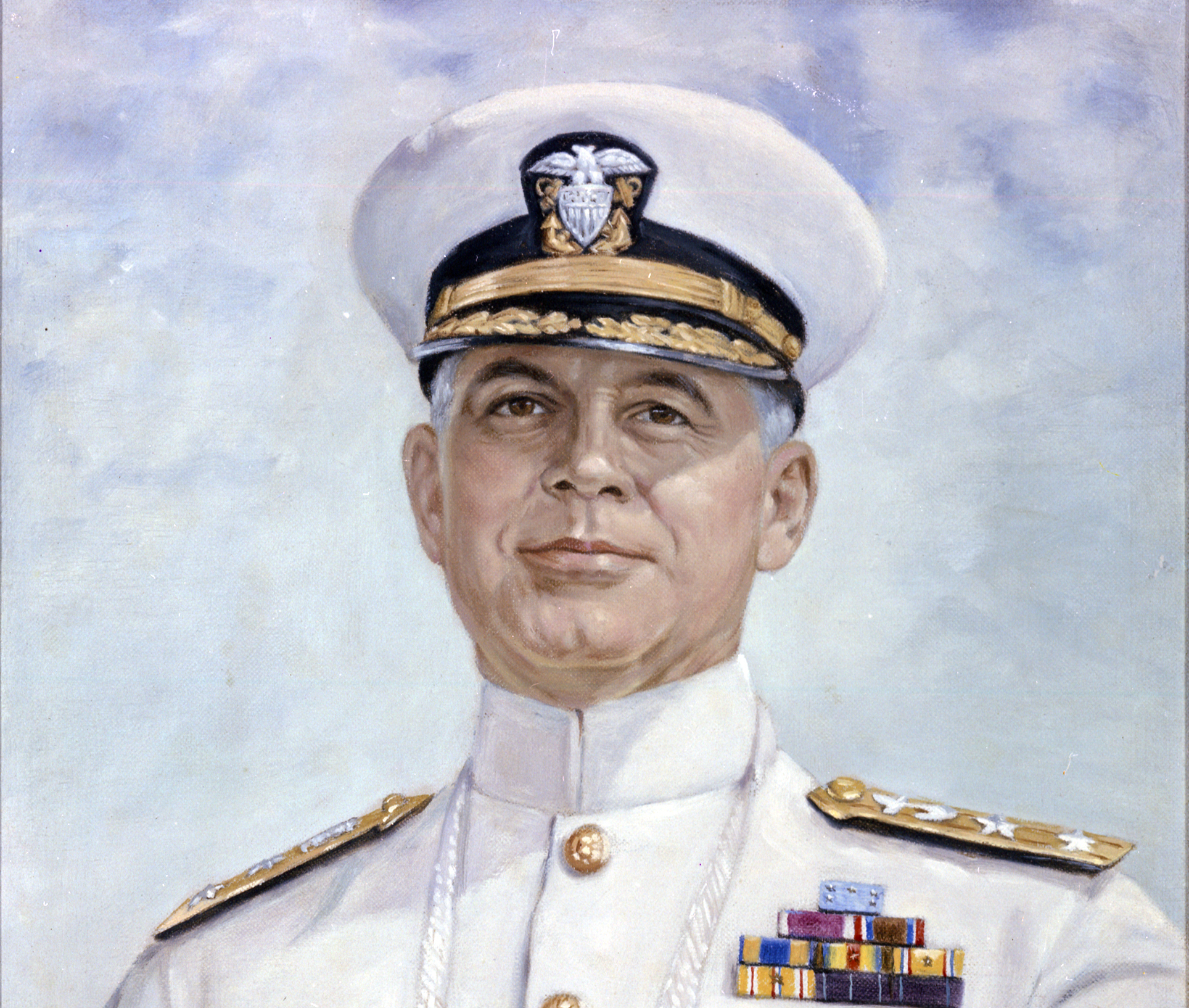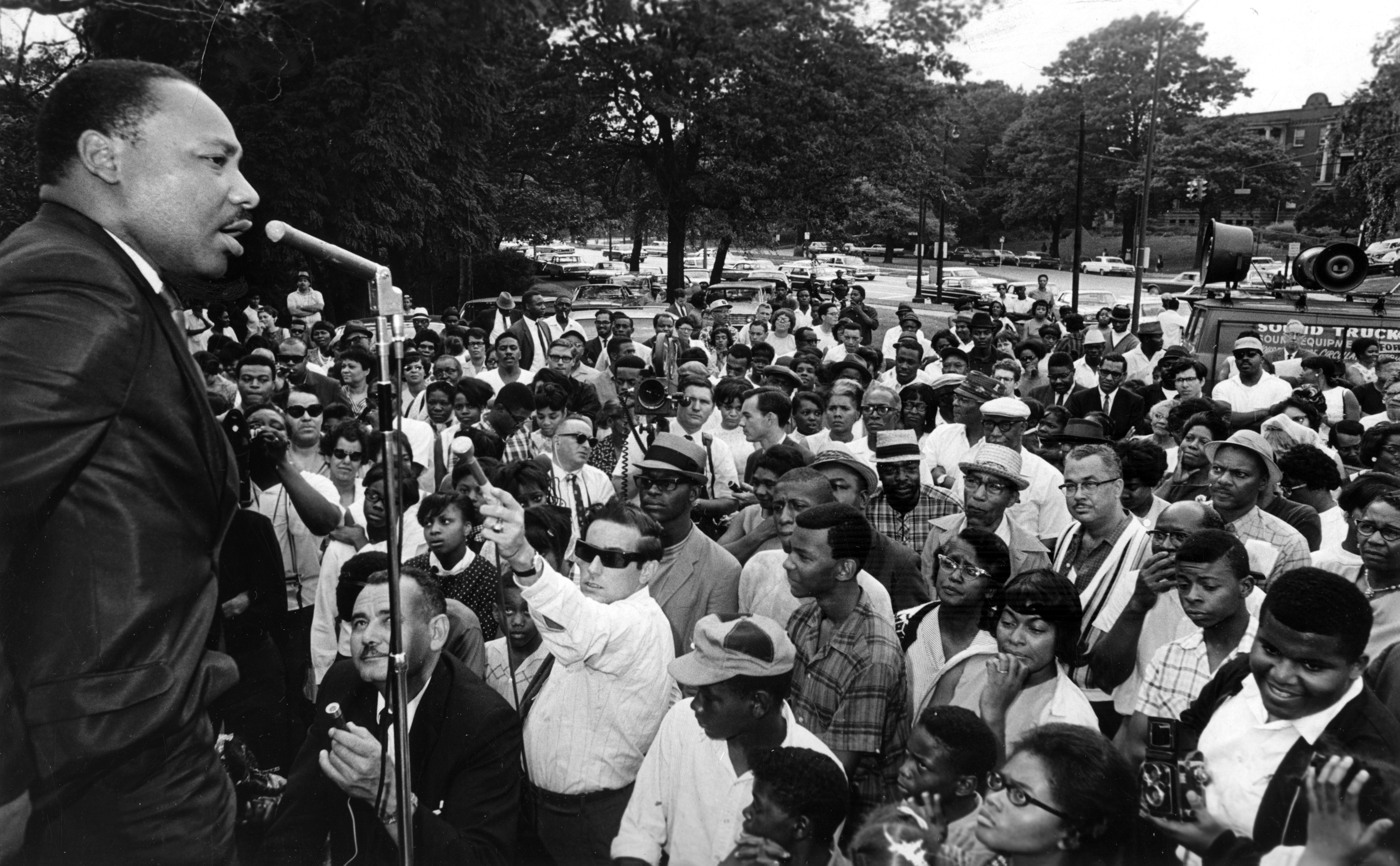The Cleveland 50: The Final Stretch of I-90 Opens
by Colleen Smitek | Mar. 29, 2022 | 12:00 PM

Courtesy Colleen Smitek
When I was just learning to walk, giant backhoes came to dig the massive trench that would become Interstate 90 right behind the boysenberry tree in my West Park backyard.
The process was not fast. I know because I remember the thrill of flying down the McKinley Road entrance ramp on my bike. I was 5 years old by then — and the new interstate was open to the neighborhood for a couple of weeks before going into service. It was a kind of thank you, my parents recollect, for all the noise and dirt during the years of construction.
At first, only a flimsy snow fence separated me and my 3-year-old brother from the danger that lurked behind our house. Enraged, my mother called The Cleveland Press, which sent out a reporter to chronicle our plight. She also called WJW-TV8’s Tim Taylor. A real fence was put up just days later.
But how would the highway change the rest of our lives? How would it change Cleveland?
My mom grew up in a family without a car on West 82nd Street and answers those questions without hesitation. “It just went through the whole West Side and took so many houses. The reason we lived where we lived was that everything we needed was on Lorain Avenue, and it just took all those stores — grocery stores, ice cream stores, mom-and-pop stores. It was the death knell for a lot of neighborhoods. It was so sad."
Cleveland Planning Commission chair Lillian Kuri offers a broader perspective.
“The ramifications of I-90 are huge,” she says. “My opinion is that the traffic needs never met the impact it had. If you really look at the cost benefit of segregating us from neighborhoods and the lake and people, it could have been designed differently. It could have not been as harmful as it was.”
Now, says Kuri, we’re considering big-ticket projects to reconnect the city — one example being the proposed $229 million pedestrian land bridge over the Shoreway in downtown Cleveland.
Way back when, my brother and I didn’t know or think about any such things. Once the highway opened, we would still sit in that boysenberry tree. Only we were watching cars race by. We were watching what everyone said was progress.
Cleveland Magazine editor Colleen Smitek believes, highway or not, there was no better place to grow up than on red-brick Fernway Avenue in West Park.
Revisit more of Cleveland’s 50 most impactful moments over the past 50 years.
Trending
-
1
-
2
-
3
-
4
-
5










